
The Environmental Protection Agency (EPA) has raised a serious alarm over the ongoing crisis of toxic sewage flowing from Tijuana, Mexico, into Southern California, contaminating the Pacific Ocean and prompting frequent beach closures. This pollution has severely impacted the Pacific Ocean along the California coast, leading to beach closures and health problems among local communities and military personnel.
EPA Administrator Lee Zeldin, during a visit to the California-Mexico border, demanded that Mexico take immediate responsibility and halt the discharge of billions of gallons of untreated sewage and hazardous waste that have polluted U.S. waters, affecting public health and the environment.
EPA Administrator Lee Zeldin’s Visit to the Border

EPA Administrator Lee Zeldin visited the California-Mexico border on Earth Day 2025 to inspect the situation firsthand. During his trip, Zeldin toured the heavily polluted Tijuana River and the South Bay International Wastewater Treatment Plant, meeting with local officials, members of Congress, and Mexican environmental authorities.
He emphasized the urgent need for a “100% solution” to stop the flow of untreated sewage from Tijuana, which has plagued border communities for decades with foul odors, beach closures, and health risks. Zeldin held a critical meeting with Mexican Environment Secretary Alicia Bárcena, where both sides expressed a strong commitment to collaborate on infrastructure projects and pollution control measures.
The Scale of the Pollution Problem
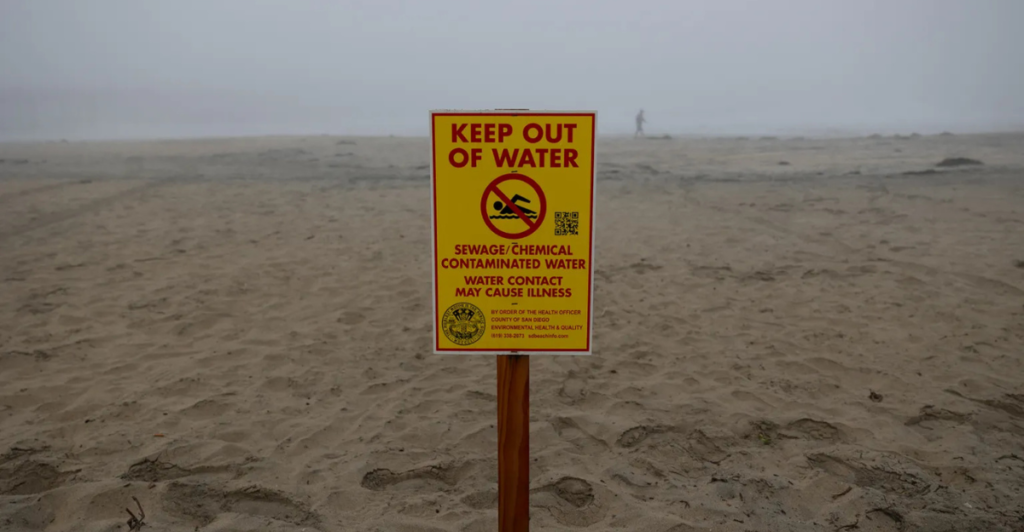
Since 2018, over 100 billion gallons of raw sewage mixed with industrial waste and debris have flowed from Tijuana into San Diego County. The Tijuana River, which runs 120 miles along the Mexican coast before crossing into Southern California, has become a conduit for this toxic discharge, severely affecting water quality and public health. This massive flow of pollutants has led to widespread environmental degradation, frequent beach closures, and serious public health concerns, including illnesses linked to contaminated water.
The crisis is driven by Tijuana’s rapid population growth, outdated and failing wastewater infrastructure on both sides of the border, and insufficient maintenance of treatment plants. Notably, since October 2023, approximately 31 billion gallons of raw sewage and polluted stormwater have flowed into the river, exacerbating the contamination.
Public Health Impacts on Local Communities and Military

The untreated sewage has caused widespread health issues, including gastrointestinal illnesses among Navy SEAL trainees who conduct water training exercises in the contaminated waters. More than 1,100 cases of acute illness were reported between 2019 and 2023. Residents, schoolchildren, and Border Patrol agents have also experienced health symptoms linked to exposure to polluted water and airborne contaminants from foaming sewage.
The Centers for Disease Control and Prevention (CDC) is conducting recent investigations to assess the extent of health risks, including exposure to antibiotic-resistant bacteria and other pathogens previously thought eradicated in California.
Mexico’s Wastewater Infrastructure Challenges
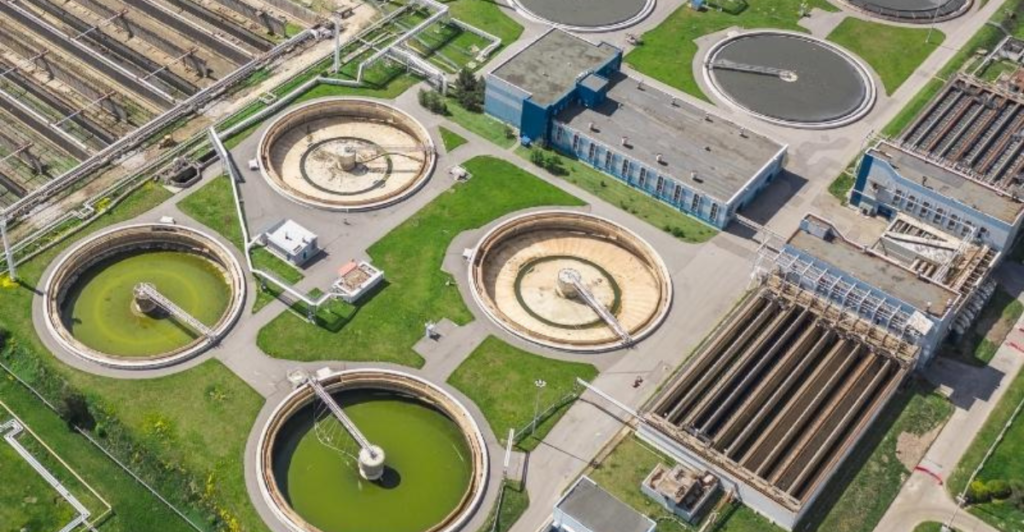
Many of Mexico’s wastewater treatment plants are either non-operational or fail to meet environmental standards due to insufficient funding, poor maintenance, and outdated technology. Of the nearly 4,000 treatment plants nationwide, over 1,300 are not functioning, and many others do not adequately treat sewage before discharge, resulting in only about 32% of wastewater being properly treated.
This infrastructure deficit is exacerbated by rapid urban growth, especially in border cities like Tijuana, where aging systems cannot handle the volume of sewage generated. Financial constraints and technical inefficiencies among municipal operators further hinder effective wastewater management.
U.S.-Mexico Cooperation and Accountability

EPA Administrator Lee Zeldin has called for a “100% solution” that requires both countries to work collaboratively and urgently to halt the flow of raw sewage from Tijuana into Southern California. “There’s no way that we are going to stand before the people of California and ask them to have more patience and just bear with all of us as we go through the next 10 or 20 or 30 years of being stuck in 12 feet of raw sewage and not getting anywhere,” he said. “So we are all out of patience.”
However, Zeldin has also emphasized the need for Mexico to fulfill financial pledges, such as the $88 million previously promised, and to prioritize rerouting treated water away from the river. Both governments plan to formalize a detailed, actionable plan outlining Mexico’s responsibilities to resolve the crisis with transparency and mutual respect for sovereignty.
South Bay International Wastewater Treatment Plant
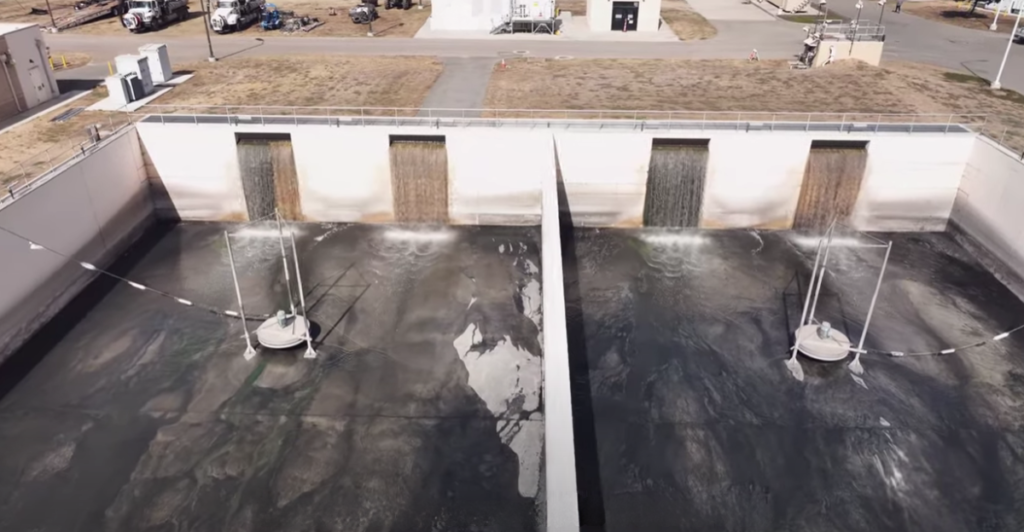
The South Bay International Wastewater Treatment Plant (SBIWTP), located just north of the U.S.-Mexico border in San Diego, helps manage raw sewage flow from Tijuana. Owned by the U.S. Section of the International Boundary and Water Commission (USIBWC) and operated by a private contractor, the plant was built in 1996 to treat up to 25 million gallons per day of sewage that exceeds Tijuana’s local treatment capacity, as well as dry weather flows collected from nearby canyon tributaries to the Tijuana River.
Initially equipped with advanced primary treatment, the facility added secondary treatment capabilities in 2010 to better comply with environmental standards. The SBIWTP is undergoing a major rehabilitation and expansion project to double its treatment capacity to 50 million gallons per day.
Potential Economic and Diplomatic Measures
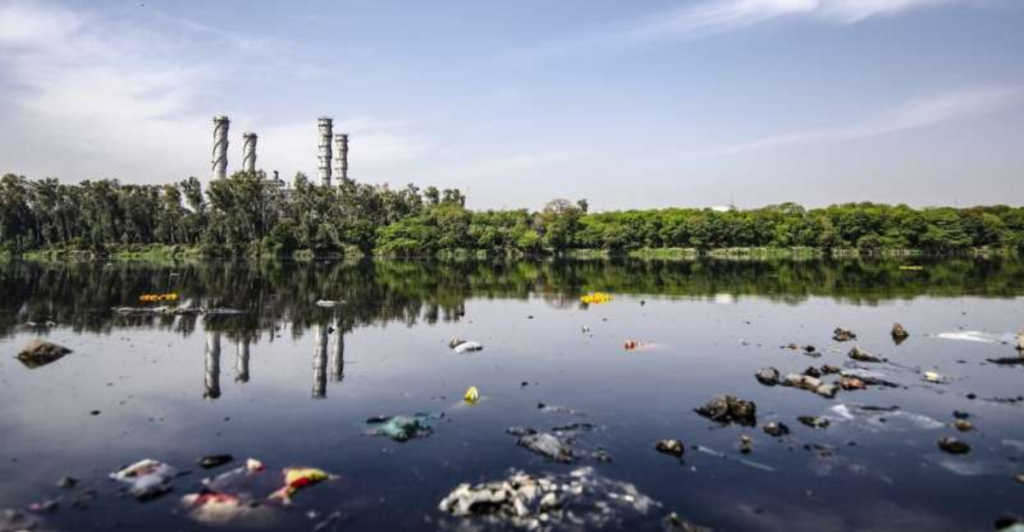
While EPA officials have not ruled out economic measures such as tariffs if Mexico fails to act, no formal discussions have yet occurred. The U.S. could leverage trade agreements or impose economic sanctions if Mexico fails to meet its financial pledges or implement necessary infrastructure improvements. Diplomatic pressure, including high-level negotiations and establishing clear communication protocols, can foster transparency and cooperation.
Consistent implementation of effective policies, like reactivating pumps to divert Tijuana’s sewage and increased pressure on the Mexican government to take responsibility, is also crucial.
Community Impact and Public Sentiment
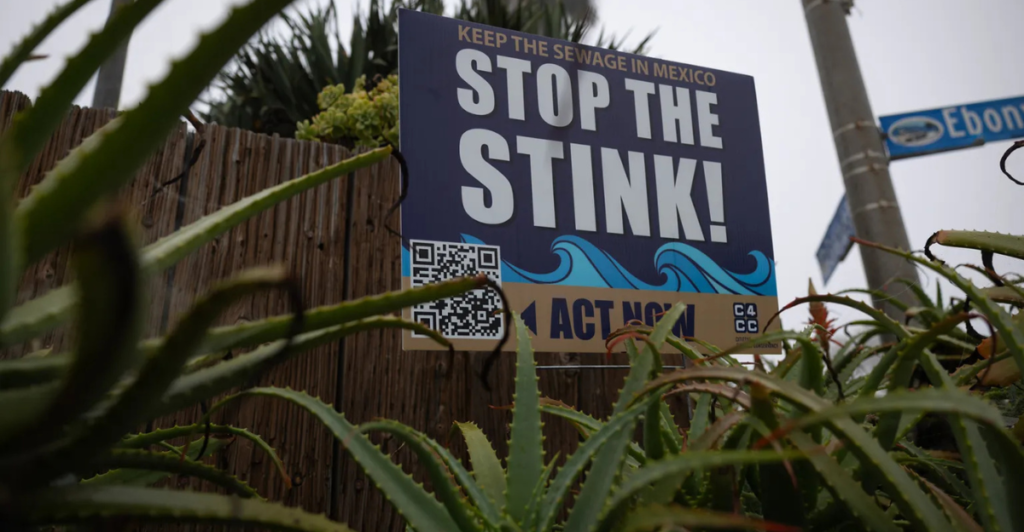
Over 90% of households report being affected by the pervasive sewage odors that infiltrate their homes and neighborhoods, forcing many to take measures like closing windows and using air fresheners to cope. Public awareness of the crisis is high, with 85% of households recognizing the severity of the issue, yet frustration grows as beach closures and pollution continue unabated.
“Americans on our side of the border who have been dealing with this for decades are out of patience,” Zeldin said. “They want action, and they’re right.” Economic hardships also loom as local businesses and tourism suffer from the loss of beach access and the stigma of pollution.
Urgency for Sustainable Solutions

Despite recent infrastructure projects like Mexico’s International Collector, which temporarily diverted millions of gallons of sewage, beach closures, and contamination persist, underscoring the need for long-term, comprehensive strategies rather than temporary fixes. “We all need to be on the same page on the 100% solution from the U.S. side that if all of these things on that list get done, this crisis is over,” Zeldin said.
Explore more of our trending stories and hit Follow to keep them coming to your feed!

Don’t miss out on more stories like this! Hit the Follow button at the top of this article to stay updated with the latest news. Share your thoughts in the comments—we’d love to hear from you!







